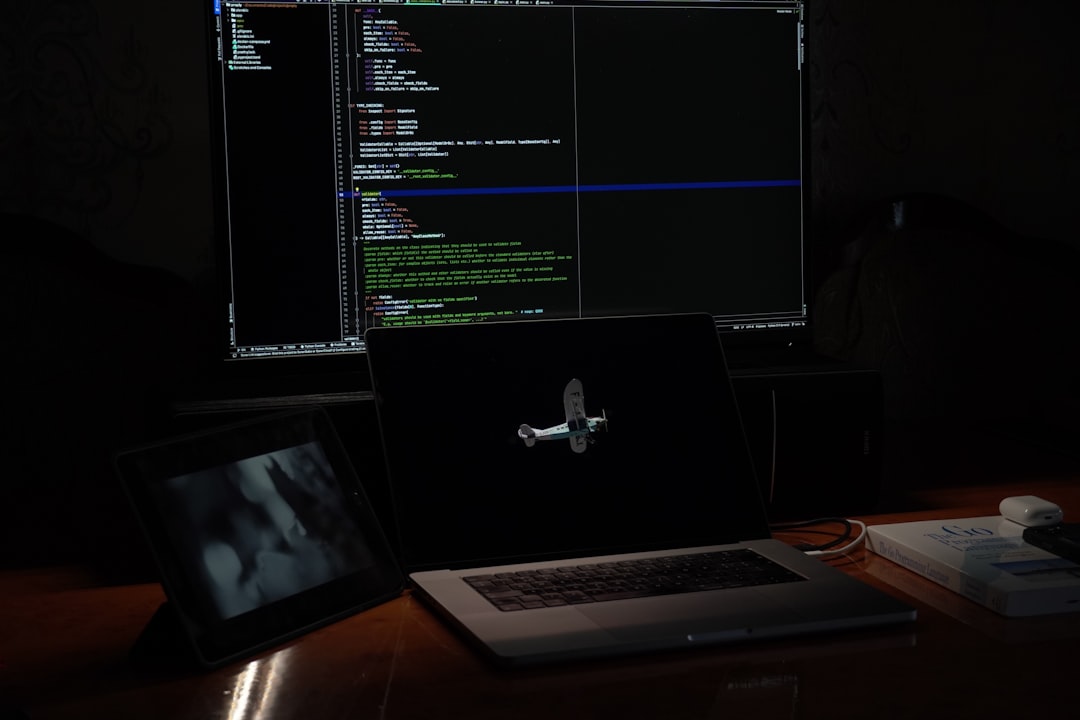Whether you’re a developer, a tech enthusiast, or a casual user trying to run an older application, you’ve probably encountered the need to enable the .NET Framework 2.0 and 3.5 on your Windows 10 system. These legacy frameworks are crucial for many older software applications, especially those created before the advent of .NET Framework 4.0. While Windows 10 comes pre-installed with .NET Framework 4.x, version 2.0 and 3.5 are considered optional features and must be added manually.
In this guide, we’ll walk you through several methods to enable .NET Framework 2.0 and 3.5 on your Windows 10 machine. You’ll learn how to do it using the Control Panel, Command Prompt, PowerShell, and through offline installation with installation media. We’ll also tackle common issues and how to resolve them, making this a comprehensive guide for anyone facing trouble with missing framework versions.
Why You Might Need .NET Framework 2.0 and 3.5
Some programs and games—particularly legacy or enterprise applications—depend on older versions of the .NET Framework because they were built before newer versions existed. While .NET is generally backward compatible, that is not always the case for applications tightly integrated with specific libraries from older versions.
So, if you’re trying to run such an application and receive an error like “You need to install the following version of the .NET Framework: v3.5 (includes .NET 2.0 and 3.0),” you’ll need to enable it manually.
Method 1: Enable .NET Framework 2.0 and 3.5 Using Control Panel
This is the most straightforward method and doesn’t require advanced technical knowledge.
-
Press Windows + R to open the Run dialog box.
-
Type appwiz.cpl and press Enter to open the Programs and Features window.
-
In the left pane, click on Turn Windows features on or off.
-
In the Windows Features dialog that pops up, look for .NET Framework 3.5 (includes .NET 2.0 and 3.0) and check the box.
-
Click OK, then wait for Windows to install the necessary files.
-
Restart your computer if prompted.
This process downloads the required files from the internet, so make sure you have a working internet connection.

Method 2: Enable .NET Framework Using Windows PowerShell
If you prefer command-line tools, PowerShell offers more control and automation possibilities.
Follow these steps:
-
Right-click the Start button and select Windows PowerShell (Admin) or search for it and choose “Run as administrator.”
-
Type the following command and press Enter:
Enable-WindowsOptionalFeature -Online -FeatureName NetFx3 -
Wait for the process to complete. If prompted, restart your computer.
PowerShell simplifies this process and can be especially helpful if you are managing multiple systems at once.
Method 3: Use DISM and Installation Media for Offline Installation
If you don’t have access to the internet or the online installation fails, you can use the Deployment Image Servicing and Management (DISM) tool with your Windows installation media.
-
Insert your Windows 10 installation USB or mount the ISO file.
-
Note the drive letter of the installation media, e.g., D:.
-
Open Command Prompt as Administrator.
-
Type the following command (replace D: with your actual media drive):
DISM /Online /Enable-Feature /FeatureName:NetFx3 /All /Source:D:\sources\sxs /LimitAccess
This method directs DISM to use the local installation source instead of downloading files from Windows Update. It’s ideal in environments with restricted internet access.

Common Errors and Troubleshooting
Sometimes installations don’t go smoothly. Below are common issues and quick fixes to help you out:
-
Error: 0x800F081F or 0x800F0906 – These are some of the most common errors during installation. They indicate that DISM or Windows Update couldn’t find required files. Try using the installation media method to bypass internet dependency.
-
Group Policy Restrictions – Some environments, especially in managed enterprise setups, may block feature installation. Consult your system administrator or check local group policy settings under Computer Configuration → Administrative Templates → System.
-
Windows Update Limitation – If you’re having issues with the Control Panel or PowerShell method, ensure that Windows Update services are running and not paused or disabled.
Verify the Installation
After installation, you can confirm that .NET 2.0 or 3.5 is enabled using the following method:
-
Open a Command Prompt or PowerShell window.
-
Type:
dism /online /get-features /format:table
Look for NetFx3 in the table. Its “State” should be listed as Enabled.
Keeping Your Frameworks Up-to-Date
While .NET Framework 2.0 and 3.5 won’t receive significant new features, they do get security updates through Windows Update. Ensure your system is regularly updated to keep these components secure.
That being said, whenever possible, encourage use of modern equivalents like .NET 5, 6, or 7 for new development work. Microsoft continues to evolve its ecosystem, and legacy frameworks may eventually be deprecated or face compatibility limitations with future operating systems.
Final Thoughts
Enabling .NET Framework 2.0 and 3.5 on Windows 10 is a necessary step for anyone who needs to run certain older applications. Fortunately, Microsoft has made it fairly easy through multiple methods—whether you’re using Control Panel, PowerShell, Command Prompt, or offline installation via DISM.
Armed with this knowledge, you can confidently tackle any framework-related error messages and provide support to users or systems that require older application compatibility. Remember to always verify your installation, keep your system updated, and consider migration to newer frameworks whenever practical.